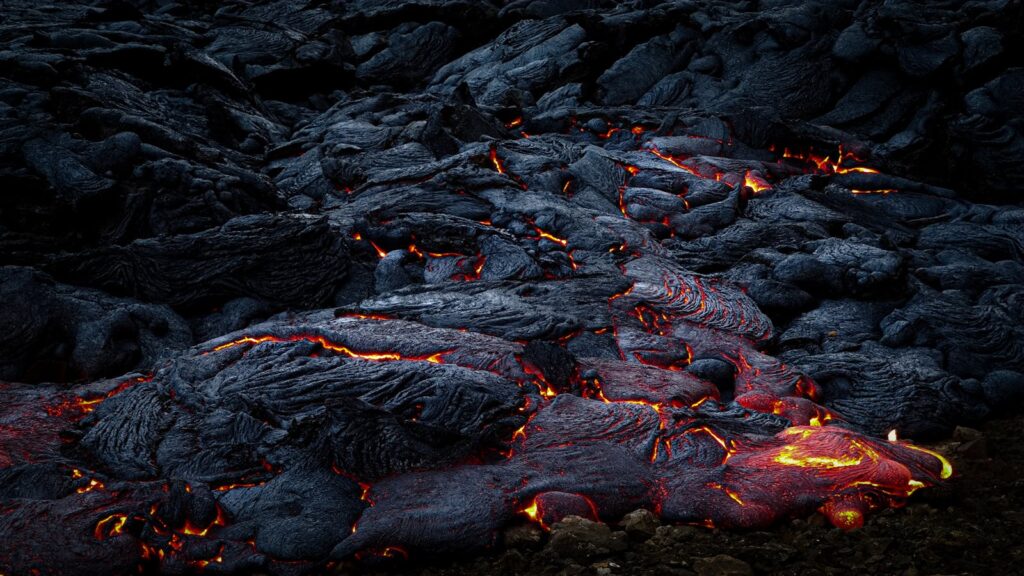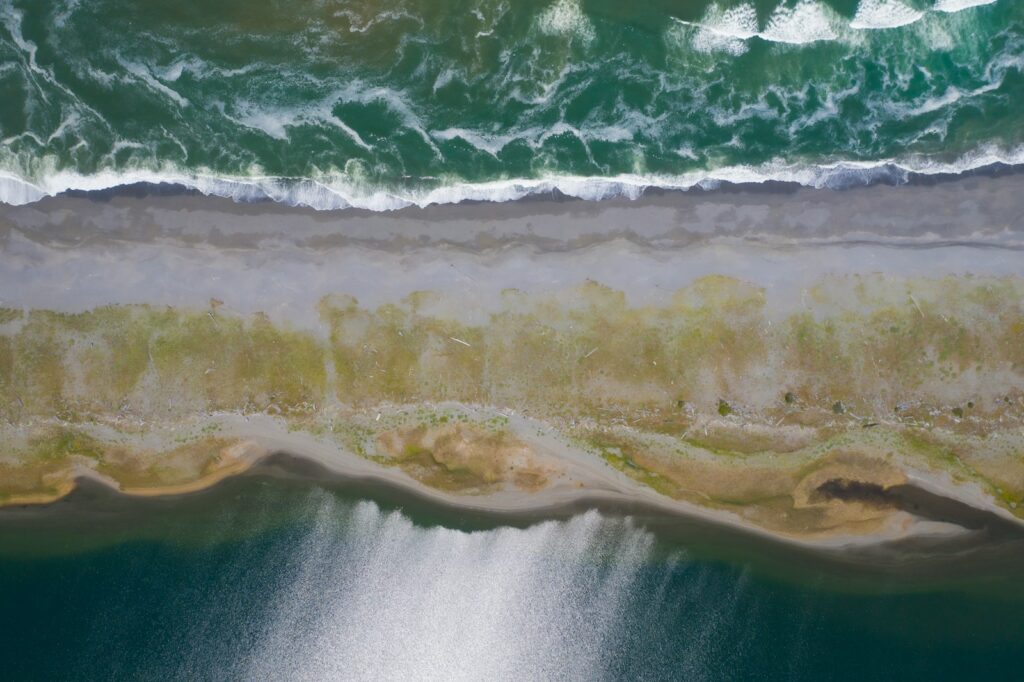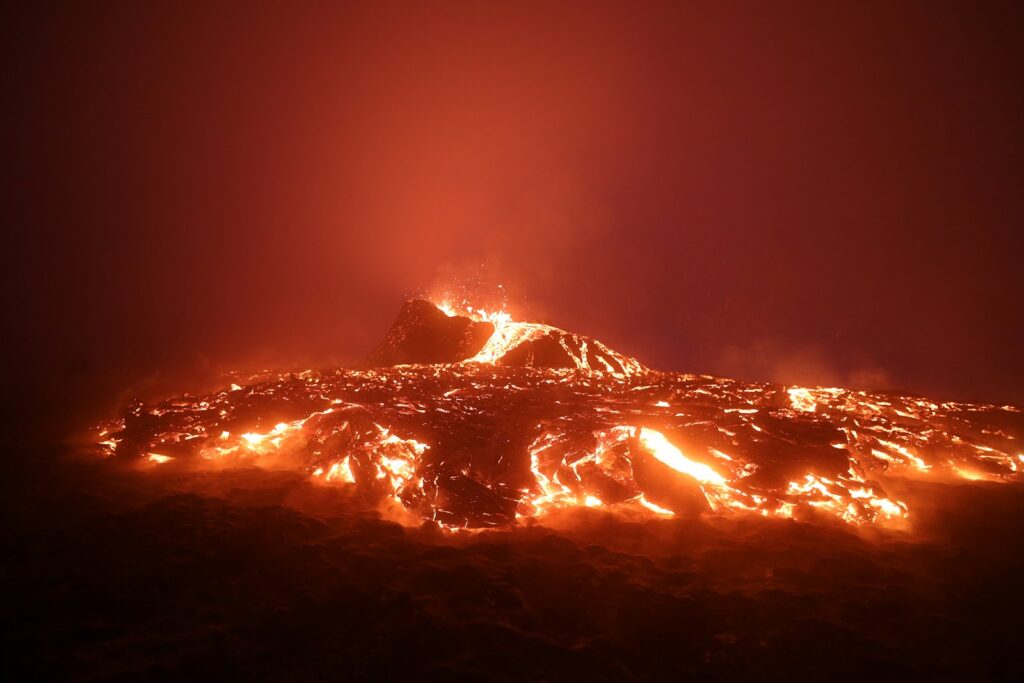For decades, the prevailing explanation for the dinosaurs’ demise has been the Alvarez hypothesis: a massive asteroid struck Earth 66 million years ago, triggering catastrophic climate change that wiped out approximately 75% of species on the planet. This theory gained substantial credibility with the discovery of the Chicxulub crater in Mexico’s Yucatán Peninsula and the global iridium layer at the K-Pg boundary. However, in scientific circles, healthy skepticism and alternative hypotheses continue to emerge. Some researchers question whether the asteroid impact was truly the sole cause of the mass extinction or if other factors played significant roles. This article explores various alternative extinction hypotheses and examines whether the meteor theory might be incomplete or potentially wrong in explaining one of Earth’s most dramatic evolutionary transitions.
The Dominance of the Impact Hypothesis

The meteor impact hypothesis gained prominence in 1980 when Luis and Walter Alvarez, along with their colleagues, discovered an anomalous iridium-rich layer at the Cretaceous-Paleogene (K-Pg) boundary. Iridium, rare on Earth’s surface but common in asteroids, suggested an extraterrestrial object had struck our planet. The discovery of the 180-kilometer Chicxulub crater in the 1990s provided compelling physical evidence for a massive impact precisely dated to the extinction event. Computer models demonstrated that such an impact would trigger tsunamis, wildfires, acid rain, and a devastating “impact winter” as dust and aerosols blocked sunlight for years. This combination of evidence made the impact hypothesis so compelling that it became the dominant scientific explanation, often overshadowing alternative theories despite ongoing debates about whether the impact alone could explain the pattern of extinctions observed in the fossil record.
Deccan Traps: A Volcanic Alternative

Perhaps the most significant challenge to the meteor impact theory comes from the Deccan Traps, a massive volcanic province in present-day India. These colossal eruptions began before the Chicxulub impact and continued afterward, spewing enormous volumes of lava and gas over approximately one million years. At their peak, these eruptions released tremendous amounts of carbon dioxide and sulfur compounds into the atmosphere, potentially causing significant global warming, followed by cooling periods. Some paleontologists, including Gerta Keller of Princeton University, argue that dinosaur diversity was already declining before the asteroid impact due to these volcanic effects. The Deccan Traps released enough sulfur dioxide to potentially cause acid rain across the globe and enough carbon dioxide to trigger significant climate change, creating environmental stresses that might have weakened ecosystems long before the asteroid struck.
Multiple Impact Hypothesis

Some researchers propose that Earth may have experienced not just one, but multiple asteroid or comet impacts around the K-Pg boundary. Craters such as Boltysh in Ukraine, Silverpit in the North Sea, and Shiva off the coast of India have been suggested as potential contemporaries of Chicxulub, though dating these structures precisely enough to link them definitively to the extinction remains challenging. The multiple impact hypothesis suggests that Earth passed through a swarm of asteroids or comet fragments, resulting in several impacts over thousands or even millions of years. If correct, this theory would imply that the extinction was a more prolonged process rather than a single catastrophic event. Proponents argue that multiple impacts could better explain the pattern of extinctions observed in the fossil record, with species disappearing in a more staggered fashion than a single impact might cause.
The Long Decline Theory

Some paleontologists argue that dinosaur diversity was already in decline for millions of years before the asteroid impact. This gradual decline hypothesis suggests that environmental changes during the late Cretaceous period placed increasing stress on dinosaur populations worldwide. Changing sea levels, cooling climates, and the evolution of new plant species may have altered habitats and food sources critical to many dinosaur species. Studies of fossil diversity in certain regions, particularly in North America’s Hell Creek Formation, have suggested that dinosaur species richness was decreasing in the last 10 million years of the Cretaceous. However, this hypothesis remains contentious, as fossil preservation biases make it difficult to establish whether observed declines in fossil diversity represent genuine biological trends or simply gaps in the fossil record that create the appearance of decline.
Sea Level Changes and Habitat Loss

Significant sea level fluctuations occurred during the Late Cretaceous period, potentially stressing dinosaur populations before the asteroid impact. As sea levels dropped, vast coastal habitats disappeared, fragmenting populations and reducing biodiversity. This regression of seas exposed previously submerged land bridges, potentially allowing increased competition as species migrated into new territories. Some researchers, including Norman MacLeod, have argued that these habitat changes coincided with climate shifts that further challenged dinosaur adaptability. Dinosaurs, having evolved during periods of relatively stable and warm climates, may have faced significant adaptive challenges as environments changed more rapidly than their evolution could accommodate. The resulting environmental stress could have created a “pre-weakened” biosphere that was particularly vulnerable when the asteroid impact delivered the final blow.
Supernova Radiation Theory

A more exotic hypothesis proposes that Earth was bathed in deadly radiation from a relatively nearby supernova explosion. When massive stars collapse at the end of their lives, they release enormous amounts of energy and radiation that could potentially affect planets even several light-years away. Proponents of this theory suggest that a spike in certain isotopes found in rocks from the K-Pg boundary might indicate exposure to supernova radiation. Such radiation could have damaged the ozone layer, exposing Earth’s surface to harmful ultraviolet radiation, causing widespread mutations and disrupting food chains. While this hypothesis remains speculative, the idea has gained some attention because supernovae are known to occur in our galactic neighborhood occasionally, and their effects on planetary biospheres remain an active area of astrobiological research, though most paleontologists consider this scenario less likely than terrestrial or impact-related causes.
Disease and Pandemic Hypotheses

Some researchers have proposed that novel diseases might have contributed to dinosaur extinctions, perhaps in combination with other environmental stressors. This hypothesis suggests that as continents shifted during the late Cretaceous, previously isolated species came into contact, potentially exposing them to pathogens against which they had no immunity. While fascinating, this hypothesis faces significant challenges, including the difficulty of finding evidence for ancient diseases in the fossil record and explaining how a pandemic could affect such diverse groups of organisms simultaneously. For a disease to contribute significantly to the extinction event, it would need to cross numerous species barriers while maintaining lethal virulence—a scenario that seems implausible as the sole extinction mechanism. Additionally, diseases typically evolve to become less lethal over time as killing hosts quickly limits transmission opportunities, making this hypothesis one of the less supported alternatives to the impact theory.
Combining Factors: The Perfect Storm Theory

Many modern paleontologists favor a synthesis approach, suggesting that the end-Cretaceous extinction resulted from multiple overlapping stressors—a “perfect storm” of environmental challenges. In this view, Deccan volcanism had already stressed global ecosystems for hundreds of thousands of years before the Chicxulub impact delivered a decisive final blow. This theory accommodates evidence for both gradual decline and sudden extinction, proposing that different groups of organisms responded differently to various stressors. Marine organisms might have been particularly susceptible to ocean acidification from volcanic carbon dioxide, while land animals suffered more from the immediate effects of the impact. The perfect storm hypothesis helps explain why certain groups like crocodilians, turtles, and small mammals survived while dinosaurs perished—these survivors may have possessed specific adaptations that proved advantageous under the complex set of environmental challenges that characterized this tumultuous period in Earth’s history.
Issues with the Chicxulub Timeline

Some researchers have raised questions about the precise timing of the Chicxulub impact in relation to the mass extinction. Gerta Keller and her colleagues have controversially argued that the impact predated the K-Pg boundary by about 300,000 years, suggesting it couldn’t have been the primary cause of the extinction. Their work in localities such as El Kef in Tunisia and Brazos River in Texas points to what they interpret as evidence that some species survived the impact only to disappear later at the actual boundary. This timeline dispute represents one of the most contentious areas in extinction studies, with most researchers still supporting the synchronicity of the impact and extinction. The debate highlights the difficulties in precisely dating geological events separated by millions of years and interpreting complex stratigraphic sequences that may have been disturbed by the very catastrophes being studied, with resolution of these timeline issues requiring increasingly sophisticated dating techniques and careful analysis of globally distributed samples.
Selectivity of Extinctions: The Ecological Puzzle

One of the most puzzling aspects of the K-Pg extinction is its selectivity—why certain groups perished while others survived. Large land animals (over 25 kg) were almost completely wiped out, while many smaller creatures survived. Similarly, marine reptiles and ammonites disappeared, while bivalves largely persisted. Some researchers argue that this pattern doesn’t fit well with expectations from a single impact event, which should affect organisms more indiscriminately. Ecological factors like dietary specialization may explain some patterns, with generalists faring better than specialists during environmental upheaval. For instance, seed-eating birds survived while insectivorous species largely vanished as insect populations crashed following widespread plant deaths. The complex pattern of extinction and survival across different ecological niches and habitats suggests that multiple stressors affecting different parts of the global ecosystem may provide a more complete explanation than any single catastrophic event.
Methodological Challenges in Studying Ancient Extinctions

Studying mass extinctions from 66 million years ago presents enormous scientific challenges that complicate our understanding of what truly happened. The fossil record is inherently incomplete, with preservation biases favoring certain environments and organism types over others. This “preservation lottery” means that apparent patterns in the fossil record might reflect taphonomic processes rather than biological realities. Dating methods have margins of error that can span thousands or even millions of years, making it difficult to establish precise sequences of events or causality. Additionally, the Signor-Lipps effect—where the last preserved fossil of a species appears earlier in the record than its actual extinction—can create the illusion of gradual extinction even when the true extinction was sudden. These methodological limitations mean that while the evidence for the impact hypothesis is strong, alternative explanations cannot be completely dismissed, and the full picture of extinction mechanisms likely involves nuances that current methods struggle to capture definitively.
Modern Implications and Extinction Studies

The debate over dinosaur extinction mechanisms has profound implications for understanding current biodiversity crises. By studying ancient mass extinctions, scientists gain insights into how ecosystems collapse and recover when faced with catastrophic environmental changes. The end-Cretaceous extinction demonstrates that even dominant groups that have thrived for millions of years can disappear relatively quickly when environmental conditions change drastically enough. Whether caused primarily by an asteroid impact, volcanic activity, or a combination of factors, the extinction event created ecological opportunities that eventually allowed mammals to diversify and thrive. Today’s accelerating extinction rates due to human activities have prompted some scientists to suggest we’re causing a sixth mass extinction, making the study of previous extinction mechanisms increasingly relevant. Understanding the complex interplay of factors that drove past extinctions might help predict ecosystem responses to current climate change and habitat destruction, potentially informing conservation strategies for preserving biodiversity through our current period of rapid environmental transformation.
The Scientific Consensus Today

While alternative hypotheses continue to be explored, the current scientific consensus still strongly favors the Chicxulub impact as the primary driver of the K-Pg extinction, though with important nuances. Most paleontologists now acknowledge that Deccan volcanism likely played a significant contributing role, weakening ecosystems before the asteroid struck. High-precision dating has confirmed that the most intense phase of Deccan eruptions either coincided with or slightly followed the impact, suggesting the impact may have actually triggered increased volcanic activity through seismic effects. The scientific community generally agrees that the extinction was geologically sudden rather than gradual, occurring within thousands rather than millions of years. Modern research has shifted from debating whether the asteroid impact happened to focusing on the complex ecological consequences of the impact and how various environmental effects interacted to produce the observed pattern of extinctions. This evolving consensus reflects science at its best—continuously refining explanations as new evidence emerges while maintaining healthy skepticism and openness to alternative interpretations.
The end-Cretaceous mass extinction represents one of the most dramatic transitions in Earth’s history, forever altering the trajectory of evolution on our planet. While the asteroid impact theory remains the most widely accepted explanation for dinosaur extinction, the complete story likely involves a complex interplay of factors, including volcanic activity, climate change, and ecological dynamics. Rather than being “wrong,” the meteor theory might be better characterized as incomplete on its own. The scientific understanding of this pivotal moment continues to evolve as researchers develop new technologies and methodologies for studying the ancient past. This ongoing scientific discussion reminds us that even well-established theories remain open to refinement and that the history of life on Earth is far more complex and nuanced than simple narratives might suggest. As we face current environmental challenges, the lessons from studying past extinctions become increasingly valuable, offering insights into ecosystem resilience and vulnerability that may help guide conservation efforts in our rapidly changing world.



